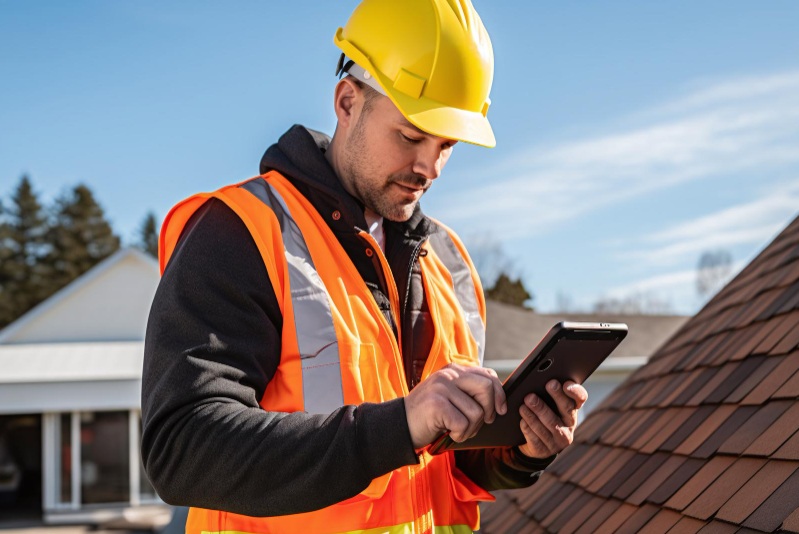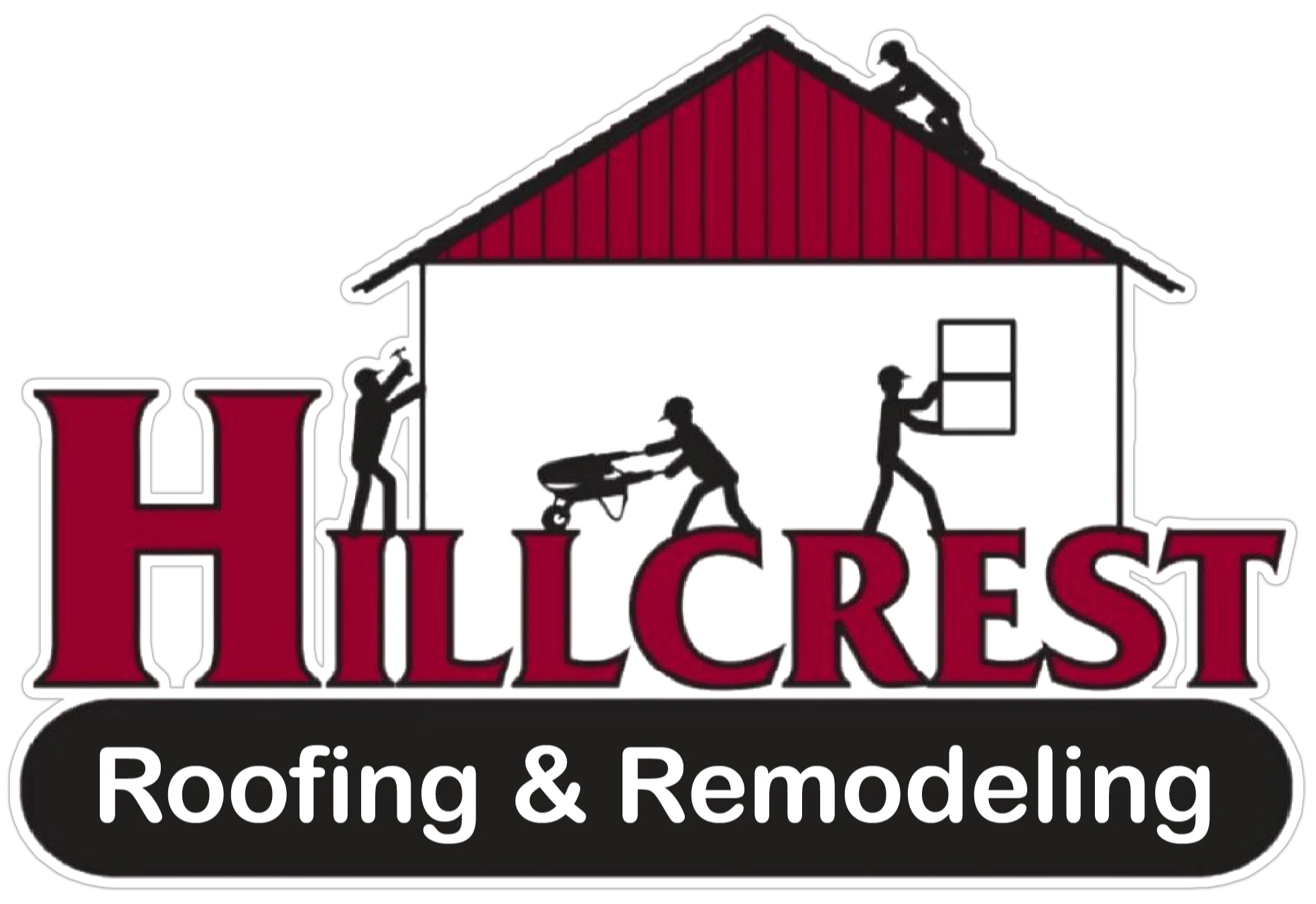A reliable roof protects your home, family, and investment. In a moisture heavy region like Lake Stevens, roof problems can escalate quickly if ignored. Routine checks help you uncover small issues before they turn into expensive emergencies. This guide walks you through a detailed, practical, and highly actionable checklist for a complete Roof Inspection in Lake Stevens. Whether you are a homeowner, potential buyer, or local property manager, this resource gives you the knowledge you need to protect your home all year long.
Throughout this guide, you will learn what to look for, why each step matters, and how Lake Stevens weather patterns can influence roof performance. This approach ensures you stay informed, confident, and ready to address any roofing issue before it becomes a threat to your home.
Why Regular Roof Inspection Matters in Lake Stevens
A roof is constantly exposed to the elements, but homes in Lake Stevens experience extra pressure from rainfall, humidity, moss growth, and temperature fluctuations. These environmental conditions can weaken roofing materials over time. A planned roof Inspection in Lake Stevens reduces the risk of surprise problems and gives you a chance to act proactively.
Key benefits of regular inspections:
- Helps prevent leaks and water damage
- Extends the life of your roofing system
- Identifies loose shingles before they blow off
- Detects early signs of moss and algae growth
- Protects your property value
- Ensures better energy efficiency
Homeowners in Lake Stevens who stay consistent with roof checks often avoid major repairs, especially during storm seasons.

Roof Inspection in Lake Stevens: Key Areas You Should Never Ignore
A complete inspection covers specific zones that commonly experience wear. Each area listed below plays a critical role in keeping your home dry and structurally sound.
1. Inspect the Shingles
Your shingles act as the first layer of defense. Look for:
- Curling or buckling
- Cracked shingles
- Missing shingles
- Granule loss
- Signs of aging or discoloration
Granules help protect shingles from UV rays and moisture. Lake Stevens homeowners often notice granule buildup in gutters due to constant rainfall. If the issue continues, your shingles may be nearing the end of their lifespan.
2. Check for Moss and Algae Growth
Because Lake Stevens has a damp climate, moss and algae are common. While moss adds a rustic appearance, it holds moisture that can weaken shingles and cause roof rot.
Watch for:
- Thick green patches
- Dark streaks
- Slippery or spongy shingle surfaces
Removing moss early prevents deeper structural damage. Use safe cleaning methods or hire professionals to avoid harming the roofing material.
3. Examine Flashing and Sealant
Flashing surrounds roof penetrations like:
- Chimneys
- Skylights
- Vents
- Roof joints
Loose or damaged flashing is a top reason for leaks in Lake Stevens homes. Sealant should be intact and free from cracks. If you see peeling or separation, repairs are needed immediately to prevent water infiltration.
4. Inspect the Gutters and Downspouts
Functional gutters keep water away from your roof and foundation. During roof inspection, check your gutters for:
- Blockages
- Sagging sections
- Improper water flow
- Rust or corrosion
In Lake Stevens, falling leaves and pine needles often clog gutters. Blocked gutters cause water to pool on the roof, which can lead to leaks and mold growth.
5. Look for Structural Issues
Pay attention to the overall shape and condition of your roof. Signs you might notice include:
- Uneven or sagging areas
- Visible dips
- Cracked roof decking
- Spongy surfaces underfoot
Sagging roofs require immediate professional evaluation. They often indicate water damage or weakened structural support.

6. Inspect the Attic
Your attic can reveal hidden issues that may not be visible from the outside. Look for:
- Damp insulation
- Mold or mildew
- Soft wood
- Light peeking through gaps
- Strange odors
Proper ventilation prevents moisture buildup. Homes in Lake Stevens need balanced airflow to avoid mold growth caused by continuous humidity.
7. Check for Water Stains and Interior Damage
Interior signs can indicate roofing problems long before you notice exterior damage. Keep an eye out for:
- Water stains on ceilings
- Peeling paint
- Bubbling drywall
- Mold spots
- Damp walls
If you find any of these, conduct a full roof inspection right away to identify the source.
8. Assess Skylights and Roof Fixtures
If your home in Lake Stevens has skylights, solar panels, or any rooftop fixtures, inspect the surrounding areas to ensure they are fully sealed. Look for:
- Loose framing
- Cracked glass
- Sealant deterioration
- Water traces around edges
These areas are more vulnerable to leaks and require consistent attention.
9. Review Roof Ventilation
Ventilation impacts how well your roof handles moisture and temperature. Poor ventilation can shorten the lifespan of your roof.
Signs of ventilation issues include:
- Excessive attic heat
- Mold on wood beams
- Condensation on attic surfaces
Good airflow helps reduce the effects of humid Lake Stevens weather.
10. Check the Chimney
If you have a brick chimney, ensure it is properly maintained. Look for:
- Loose bricks
- Crumbling mortar
- Rusted chimney caps
- Gaps between flashing and the chimney
Chimney issues can allow moisture into the roof system and cause internal deterioration.
Seasonal Roof Inspection Tips for Lake Stevens
Because Lake Stevens experiences year round moisture, schedule inspections during these times:
- Early spring after heavy rainfall
- Late summer before fall storms
- Late fall before winter season
- After any major wind or rain event
These targeted inspections help homeowners stay aware of changes caused by seasonal weather conditions.

When to Call a Professional
While basic inspections can be done by homeowners, some issues require professional evaluation. You should contact an expert if:
- You notice extensive moss
- Shingles are missing in multiple spots
- Your roof looks uneven
- You see water damage inside
- Flashing appears damaged
- You feel unsure about any finding
Professionals use specialized tools and understand how Lake Stevens weather affects roofs. Their assessment helps confirm whether repairs or replacements are necessary.
How Lake Stevens Weather Impacts Roof Longevity
The combination of moisture, wind, and seasonal storms in Lake Stevens can accelerate roofing wear. Common weather related issues include:
- Faster moss growth
- Higher risk of leaks
- Shingle deterioration
- Flashing corrosion
- Water pooling
Routine checks help you stay ahead of these problems and protect your home year after year.
